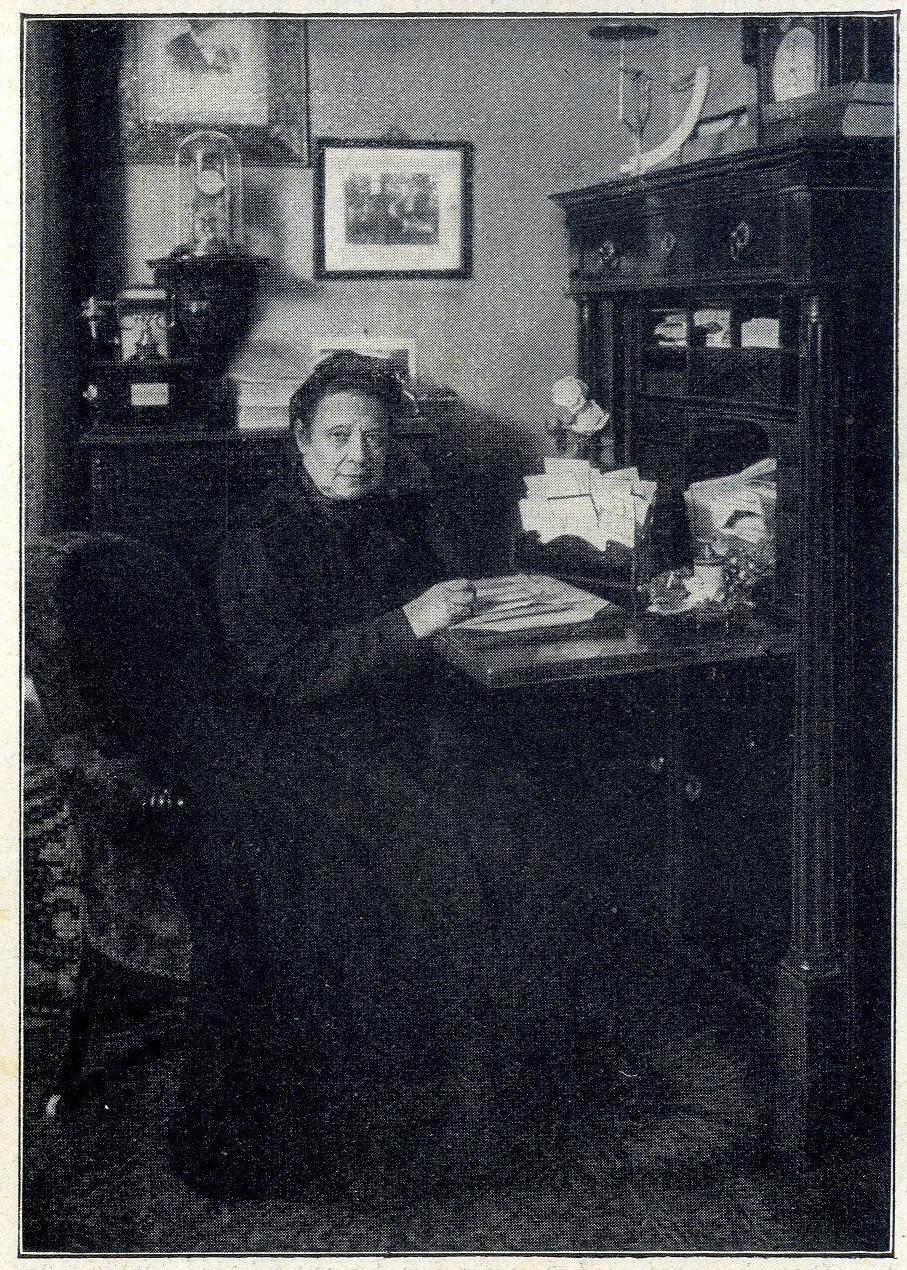
activist europe
Marianne Hainisch was the founder and leader of the Austrian women’s movement in the 19th and 20th century. She was a pioneer for enabling women to go to school and work to help provide for their family.
Marianne Hainisch was born as Marianne Perger in Baden near Vienna in 1839 into an upper-class family, which owned a cotton mill. As she was homeschooled, she spent most of her youth at home with her five siblings and got married to industrialist Michael Hainisch at the age of 18. She started fighting for women’s rights after the American Civil War, which led to a crisis in the cotton industry. This caused a friend of hers to lose his job and he was unable to provide for his family. Unfortunately, his wife was not able to get an education or a job fitting her husband’s social status. That was when Marianne Hainisch realized that she had to fight for women’s rights, so women like her friend could get an education and a job to earn money.
Therefore, she joined the Vienna Women’s Acquisition Association (Wiener Frauenerwerbverein), in which she demanded education for middle-class women since many families could not earn enough money after the father or husband lost his job, fell ill, or died. Representative for her early ambitions were her speech “On the issue of women’s education”, which she gave in 1870 as well as multiple articles published in women’s press. From private funds, she later founded the first Austrian girls’ high school, which got public status in 1891.
The school got popular very quickly and eventually grew from having one class to filling a whole building. In 1909, architect Paul Hoppe built them their own school building, where around 1200 female students were able to get an education and go to university. The association was dissolved by the Nazi’s in 1938. However, the school reopened and nowadays, a public high school for both girls and boys is located in the building.
In 1899, Marianne Hainisch travelled to London for a General assembly of the international council of women. Three years later, in 1902, she founded the Federation of Austrian Women's Organizations, of which she was president until 1918. Besides that, she also was vice president of the International Council of Women from 1909 to 1914.
In addition to her fight for education, she became a suffragette in the early 20th century, even though women’s right to vote was not part of her early ambitions. After the establishment of female suffrage in Austria 1919, she was an unsuccessful candidate for the democratic party and later established the Austrian women’s party.
Her greatest achievements include the foundation of the first Austrian high school for girls and her work for several women’s organizations nationally and internationally. She is also known for instigating Mother’s Day in Austria, which is celebrated since 1924 and was a suffragette and pacifist along with her contemporary Bertha von Suttner during WW1. All these actions make her one of the first members and leaders of Austria’s women’s movement.